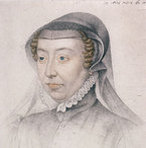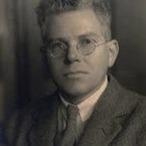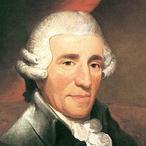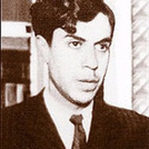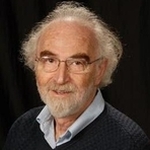|
In this Olympic year, it is perhaps appropriate that we should be presented with a few performances of possibly one of the most popular librettos of all time: Pietro Metastastio’s L’Olimpiade. More than 60 baroque and classical composers used the libretto as the text for their own operatic and instrumental creations, including Antonio Vivaldi. Last night, instead of the more famous Vivaldi opera, we were presented with a "pasticcio" of the works of 16 composers: Leo, Hasse, Galuppi, Sarti, Mysliveček, Paisiello, Pérez, Vivaldi, Gassmann, Caldara, Traetta, Jommelli, Cherubini, Pergolesi, Piccinni, Jommelli and Cimarosa. The pasticcio is the brainchild of Joseph Fifer, manager of the Venice Baroque Orchestra (VBO) – the players at last night’s performance. In 2001, the VBO performed the modern day premiere of Cimarosa’s L’Olimpiade, followed in 2006 by the premiere of Galuppi’s version. It was “during research for the Galuppi staging,” Fifer says, that he became “aware that dozens of composers had set the same story.” This led to discussions between Fifer and director of the VBO, Andrea Marcon, “about creating a pasticcio performance and recording project.” After searching the archives of Milan, Florence, Naples, Venice, Paris, Lisbon, Berlin, New York, and Washington DC, and online music resources, the final tapestry of arias by 16 composers was woven together. The result was a CD, released on the Naïve recording label (also responsible for the groundbreaking Vivaldi Edition project), and a series of concerts in Europe, starting in London. A preview of some of the arias on the recording can be seen in the video below. The role of Megacle was taken by mezzo-soprano Romina Basso. We were treated to Basso’s excellent coloratura work in the first aria, Hasse’s “Superbo di me stesso.” Particularly nice was her dark tone on the low, descending phrase “come mi sta nel cor,” and her truly Olympian ornamentation in the da capo. The orchestra was a little loud, however, and slightly obscured her chest register in this aria. Not so in the fiery second act aria “L’amico dov’è?” by Cherubini, which Basso stormed through with passion, excellent diction and consummate phrasing. Her inspired modulation of the dynamics wound up the tension, earning her an extended applause. Her final aria, “Lo seguitai felice,” was a Basso tour-de-force, with exciting coloratura, fluid movement throughout the range, and breathtaking beauty of tone. Two of the three arias for contralto Delphine Galou – taking the role of Licida – were composed by Baldassare Galuppi. His version of the opera premiered in Milan, and was regarded as his most successful opera seria. The first aria, “Quel destrier, che all’albergo è vicino,” showed off Galou’s rich, velvety timbre sound, while in her last aria, “Gemo in un punto, e fremo,” her forceful delivery and intuitive delivery of the text was striking: and what a strong low Ab at the end of the B section! The most astounding performance, however, was her beautifully tender, stripped-down version of Vivaldi’s “Mentre dormi” – a haunting and definitive rendition. I look forward to hearing her interpretation of the role of Bradamante in Handel’s Alcina at Versailles next month. I was looking forward to hearing the aria by Josef Mysliveček “Del destin non vi lagnate,” performed be tenor Jeremy Ovenden. What I was not prepared for, however, was the ringing F#4 (G in Baroque pitch) at the start of the piece. In fact, I would say that Ovenden was the surprise of the evening. His pianissimo notes in the head register on the phrase “ma regnate”were delightful, and his phrasing and tone throughout the aria marked him as a rising star. Well done to him also for continuing un-phased as part of the ceiling fell down! He handled the difficult “So ch’è fanciullo Amore” by Jommelli expertly, and excelled in the final aria of the opera, “Non so donde viene” by Cimarosa, with its nearly two octave ascending leap. Luanda Siqueira took on the role of Argene, originally performed by Karina Gauvin on the Naïve recording. She was composed throughout, and performed well, particularly in Pergolesi’s fiendish “No, la speranza,” displaying a solid and flexible range over two octaves. "Oh care selve, oh cara" by Sarti had some beautifully lyric moments, with Siqueria providing some very tasteful ornamentation. Her coloratura during Traetta's "Che non mi disse un dì!" was precice, though it was freer and more playful in her final aria, Perez's "Fiamma ignota nell’alma mi scende." The love interest of both Licida and Megacle, the Princess Aristea, was sung by Ruth Rosique, who threw herself into her character with determination, reaping exciting results, particularly in the fierce offering from Leonardo Leo, “Tu me da me divide”. Her duet with Romina Basso, “Nei giorni tuoi felici,” was convincing, with Rosique and Basso interacting well. Caldara's "Grandi, e ver, son le tue pene" is vocally taxing, but Rosique managed to make it her own. Paisello's "Tu di saper procura" and Piccinni's "Caro, son tua cosi" allowed Rosique to showcase the softer side of her voice to great effect.
The role of Aminta was taken by counter-tenor Nicholas Spanos, who also doubled up as a bass in the choruses: the final two of which, both by Hasse, were superb. Bassoonist Stefano Meloni deserves special mention for his virtuosic playing during Spanos' first aria, “Siam navi all’onde algenti,” which was a furious tempest of an aria. Markellos Chryssicos at the Harpsichord was also worthy of note. Chryssicos had previously taken the role of conductor on the CD recording. It was an enjoyable evening, particularly for those wishing to look deeper into the world of those Baroque composers. Indeed, Joseph Fifer stated objectives were: “to help introduce important work by several lesser-known composers, and to encourage others to continue exploring the enormous body of eighteenth-century Italian opera.” This production shows that these objectives have been met, admirably.
0 Comments
Your comment will be posted after it is approved.
Leave a Reply. |
Categories
All
Archives
September 2014
|
MOST VIEWED POSTS
© James Edward Hughes 2013
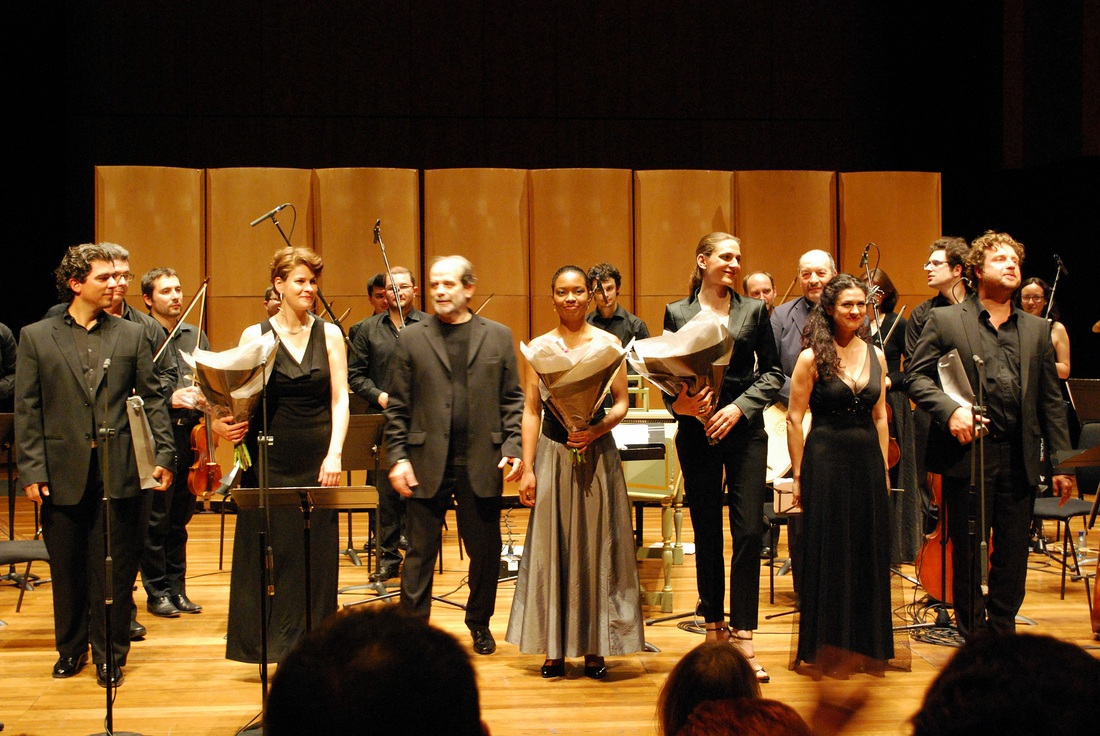

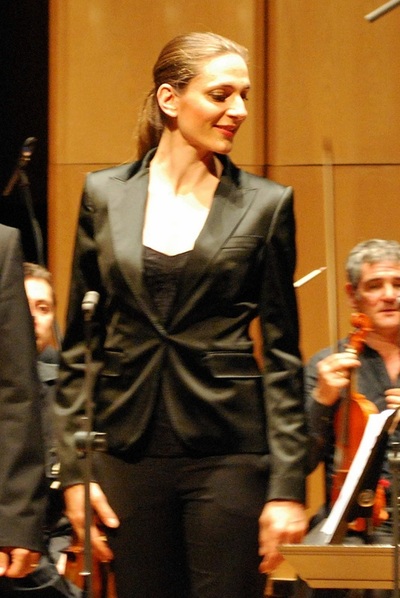


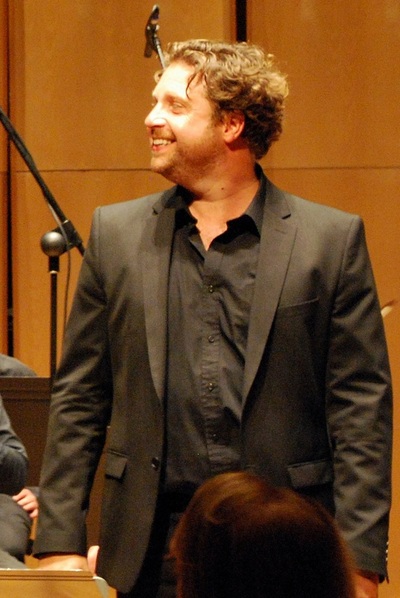
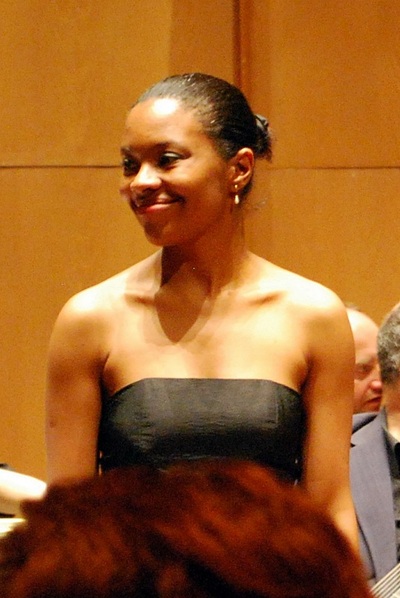
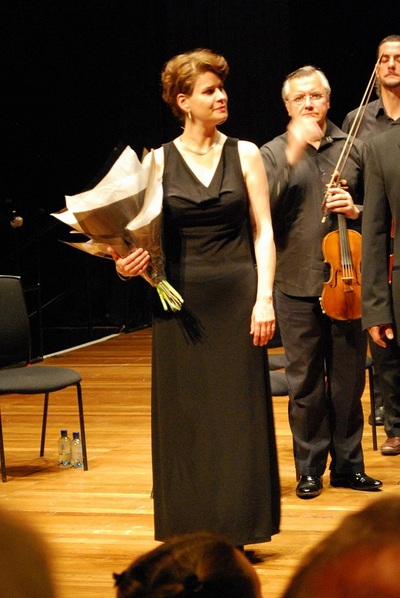
 RSS Feed
RSS Feed
